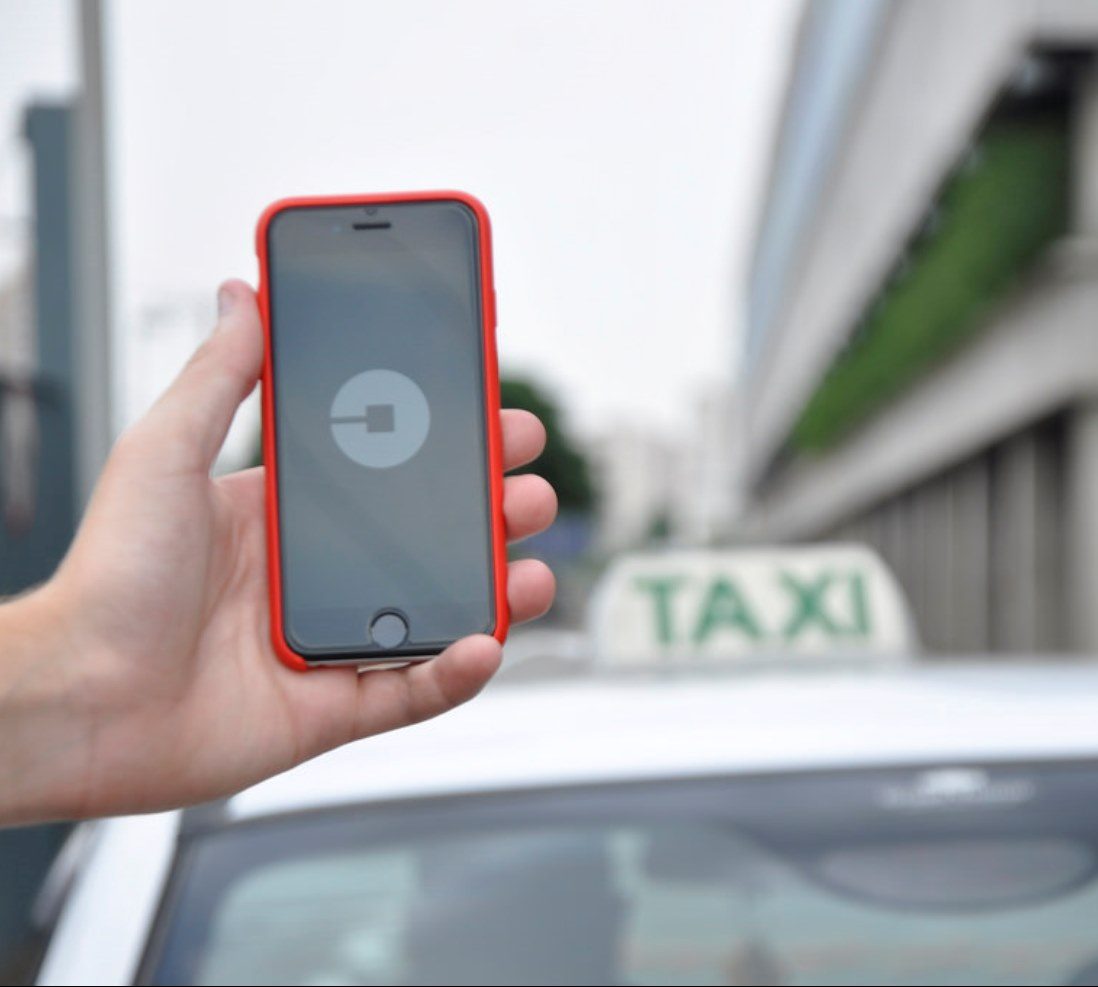Disruptive innovation: have we lost sight of its meaning?
SHARE
Will Cook
03 Nov 2017
With over 2.7 million Google searches to its name, the phrase ‘disruptive innovation’ is undoubtedly part of the popular business lexicon of today.
But with such broad dissemination, have we lost sight of what it actually means?
Today we have disruption events, disruption consultants and the University of Southern California even launched “The degree is in disruption” several years ago.
I’m not saying any of these are bad things.
Far from it.
But I am mindful as to whether disruptive innovation as a concept has become a victim of its own success, and whether we are in danger of misapplying or perhaps mass-applying what it actually is.
So before we go any further, I throw the question back to you: how you would define disruptive innovation?
Were I to do a poll I suspect no two definitions would be quite the same.
To help answer this question and provide some clarity, or at least parameters on disruptive innovation, a trip back to 1997 is needed.
A time when Uber was only a word used before ‘cool’, Mark Zuckerberg had just entered the terrible teens, Woolworths and Blockbuster were bastions of the Great British high street and Jeff Bezos took Amazon public with just 250 employees.
Meanwhile, Harvard professor Clayton Christensen published his book: The Innovator’s Dilemma.
The book looked at how successful companies can do it all right and still lose their market leadership – or even fail – as new, unexpected competitors rise and take over the market.
To avoid this blog post becoming a book review (though I would recommend reading it), I’ll get to the point.
Christensen describes disruptive innovation as a process by which a product or service takes root initially in simple applications at the bottom of a market. It then relentlessly moves up market, eventually displacing established competitors.
Put simply: large organisations often innovate too quickly for their customers’ needs.
Consequently, they pursue these innovations at the high end of their markets because they can charge high prices to these more demanding and sophisticated customers.
In doing this, however, they unknowingly open the door to disruptive innovations at the bottom of the market.
Alternatively, Christensen states that disruptive innovation can be a business creating an entirely new market, turning non-customers into customers.
Against this backdrop, Uber – perceived by many as the poster child of a 21st century disruptor – doesn’t truly fit the bill.
Its financial and strategic achievements are not being genuinely disruptive.
Christensen’s theory does have its flaws and many academics have written about these. I’m also mindful that his theory is two decades old and much has changed in that time.
Likewise, I do have reservations around his verdict that Uber is not disruptively innovative – as would many in the Harvard office I am sure.
But reflecting on this theory does at least provide us with some perspective or parameters on what disruptive innovation is.
It’s often perceived as synonymous with technology, which it shouldn’t be.
Yes, tech companies are often disruptive innovators, but successfully disrupting is by no means isolated to such organisations.
It’s just as much about spotting opportunities in the market that might be overlooked by the masses. Though I do appreciate new tech is often the untapped opportunity.
Innovation is a process, but is every product update and technical iteration truly disruptive?
No it’s not. As communicators we have a role and responsibility here, working with business decision-makers to decipher what is and isn’t disruptive.
If we don’t, too much will be incorrectly painted with a disruptive innovation brush, leading to questions of its credibility and its true ability and power to drive business growth.
Image: Núcleo Editorial

